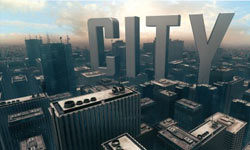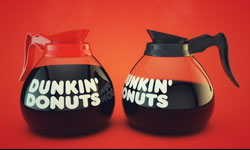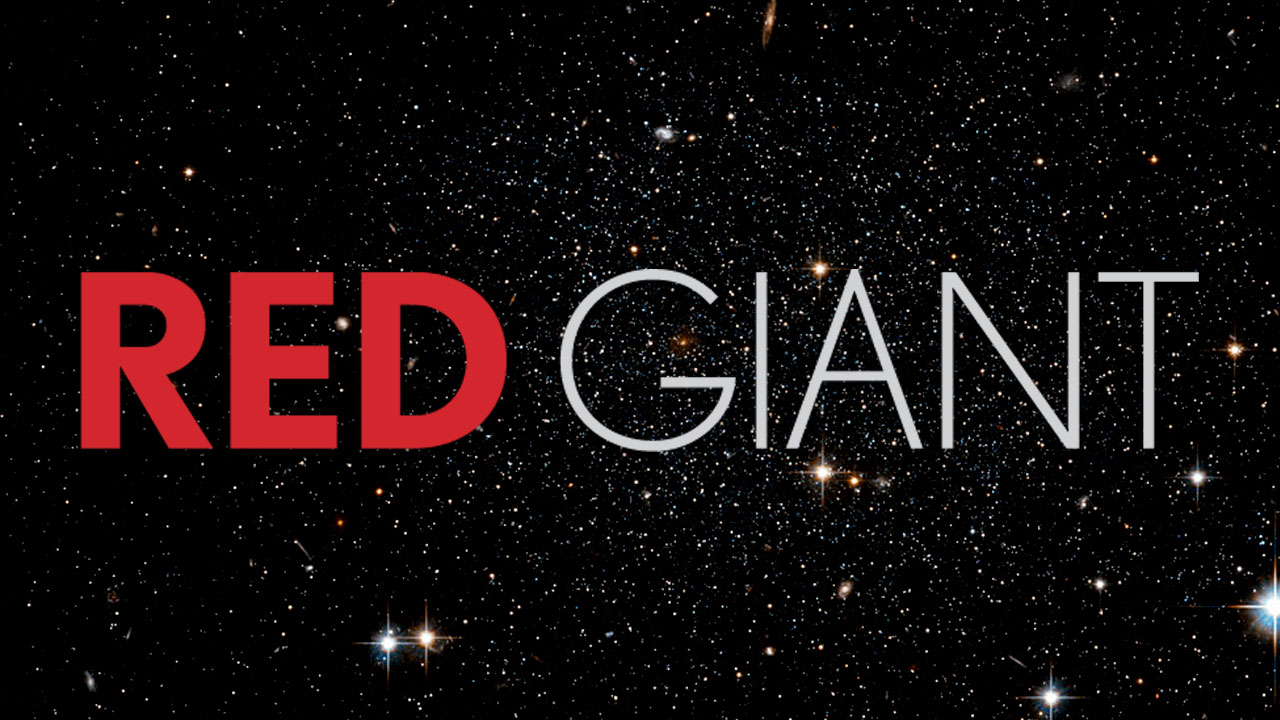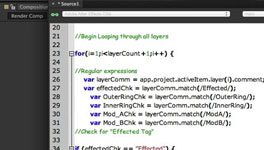All Tutorials (3078 Tutorials)
In Depth: Motion Stabilization Options, Part 2 of 2
January 31, 2013
Sometimes using a tripod is not an option and you’re forced to shoot hand-held. Maybe you’re shooting in an amusement park, botanical gardens, or a concert and tripods are not allowed in. Unless you have the ability to stand perfectly still, you will likely need to stabilize the footage in postproduction. Motion stabilization is used to smooth footage and remove camera shake.

How to Automate a Stop Motion Photo Slideshow in After Effects
January 25, 2013
By Emanuele Fiorito at AEtuts+: “In this tutorial we will see how to work some expressions to create your own preset that you can apply to achieve a stop motion effect for hundreds of photos.”

Use Video Copilot Metropolitan with Element 3D to Create a Realistic City Title
January 24, 2013
By Andrew Kramer/ Video Copilot: Use the new Metropolitan with Element 3D to create a realistic city title, Use Randomize Angle feature to distribute buildings into the scene
In Depth: Noise and Grain Plug-ins for After Effects, Final Cut and Other NLEs, Part 2 of 2
January 10, 2013
Here is the rundown of noise and grain reduction plug-ins on the market for After Effects and other NLE’s, rated on speed, accuracy and quality, and ROI.

Model, Light, And Render A Coffee Pot In Cinema 4D
January 8, 2013
Post by Nick Campbell/ Greyscalegorilla: “In this two part tutorial, Chris and I show you how to model, texture, light, render, and composite this 3D Scene. First, Chris will show you how to model the coffee pot using some traditional modeling techniques and loft nurbs. In the second video below, I will take over where chris left and show you how to light the scene using HDRI Studio Pack. Then I will tweak some textures and render using the Physical Renderer. Finally, we will head in to Photoshop and do a bit of final color correction and compositing.”
In Depth: Noise/Grain Plug-ins for After Effects, Final Cut and Other NLEs, Part 1 of 2
January 3, 2013
Here’s the rundown of noise and grain reduction plug-ins on the market for After Effects and other NLE’s, rated on speed, accuracy and quality, as well as return on investment. This article will focus mostly on grain and noise reduction but also touch upon matching and adding grain and noise.
Create a Shattering Glass Animation in Cinema 4D & AE – Part 3 Rendering
December 27, 2012
Post at CGtuts+: “Today’s lesson is all about prepping for rendering. You’ll start by finalizing the animation with some slight tweaks to the timing. Once done you’ll move onto the material setup and learn how to create realistic glass and metal shaders using Cinema 4D’s intuitive material editor. Finally, Cyril will walk you through lighting the scene. This lesson includes building a dynamic light rig using XPresso and fine tuning it’s position to generate correct caustics at render time.”
Create a Shattering Glass Animation in Cinema 4D & AE – Part 2 Cameras & Pre-Viz
December 27, 2012
Post at CGtuts+: “In part two you’ll get an in-depth lesson on how real-world cameras work. Cyril provides detailed insight on working with focal length, aperture, depth of field and motion blur and how these principles and settings apply to your Cg cameras. Then it’s back to Cinema 4D where you’ll learn how to block out shot timing, and find the best camera positions for the animation by running through a detailed pre-visualization process.”
Create a Shattering Glass Animation in Cinema 4D & AE – Part 1 Modeling & Animation
December 27, 2012
Post at CGtuts+: “Create a cool slow-motion shattering glass animation using Cinema 4D and After Effects. Over the course of this massive lecture, professional artist Cyril Kotecky will teach you the ins and outs of working with dynamics and what goes into creating such a shot. Including the benefits Pre-Viz can have in the early stages as you block out your shot timing and camera positions.”

Tempo: Up in Flames – Realistic & Slow-Motion Fire Effects
December 18, 2012
In this episode of Red Giant TV, Aharon Rabinowitz walks you through the workflow used to create realistic fire for the film Tempo. He’ll be using a combination of real fire footage, Trapcode Particular, and some 3rd Party plug-ins from RE:Vision Effects.
NewBlueFX Titler Pro 2 Lighting and Wide Angle
December 18, 2012
In this tutorial, Ian Stark shows you how to perfect lighting and wide angle titles with the simplicity and versatility of Titler Pro 2.0.
ZBrush Digital Sculpting, Military Character Assets with Joseph Drust
December 14, 2012
Pixelogic has a tutorials area called ZClassroom and they have a series of Military Character Assets with Joseph Drust, a video game industry veteran who focuses on modeling and sculpting. Below are is a link to all of their tutorials in the series, with more coming soon.
Tutorial: Introduction to After Effects Scripting
December 13, 2012
Dylan Winter explains the basics of scripting in After Effects. “Unlike expressions, scripts operate from the application level and are not locked down the a single parameter. They can be used to affect multiple properties of multiple layer simultaneously, as in this lesson where we'll increment through layers and rename them according to their indexes.”

Create Cinema 4D Style Effectors in After Effects/ Dylan Winter
December 11, 2012
Dylan Winter demonstrates how you can expand After Effects towards the premise of Effectors in Cinema 4D. “If you ever wished that you could take advantage of some of Cinema 4D’s powerful effector tools while working in After Effects, your wish may now be granted. Using some clever scripting and a basic control system, we’re going to rig up our very own effectors within After Effects”.
Using Advanced fractures with Pulldownit in MAYA
November 26, 2012
Showing how to control the way an object fractures with pulldownit plugin in MAYA.